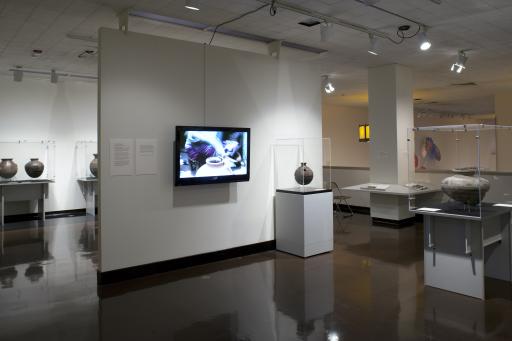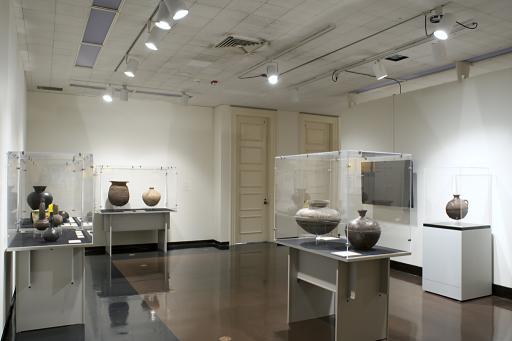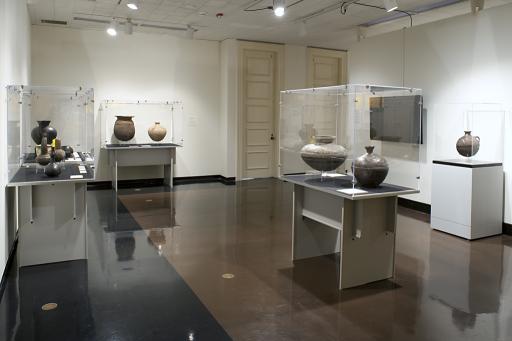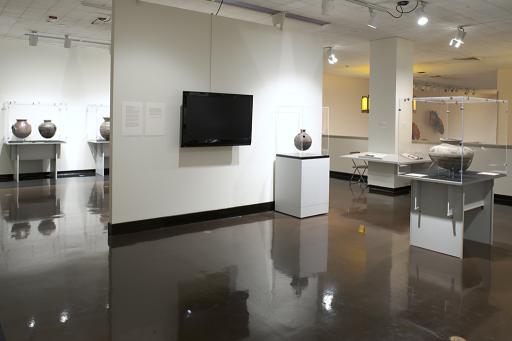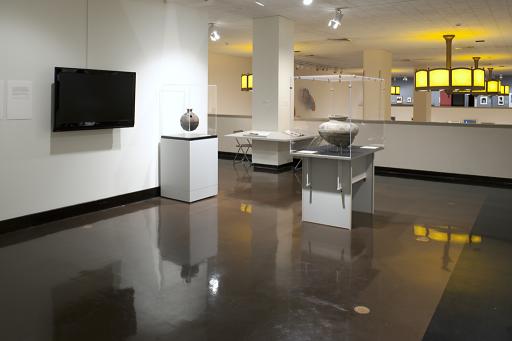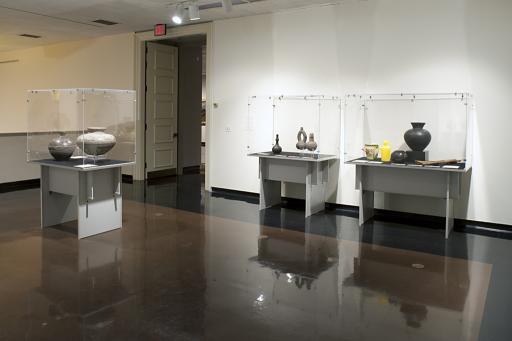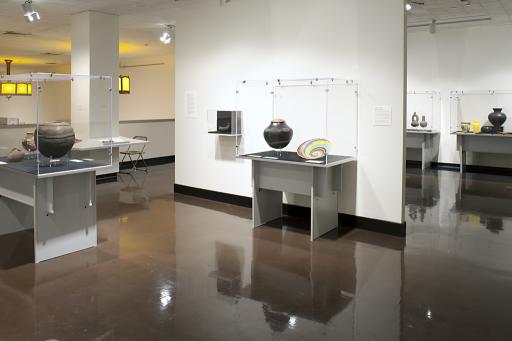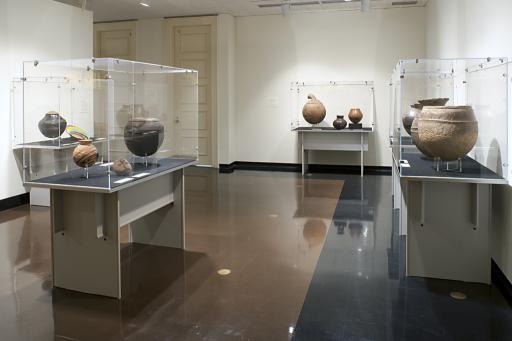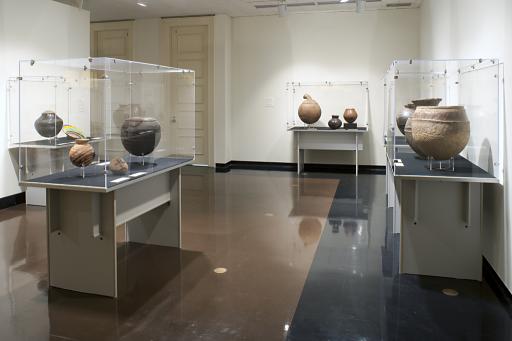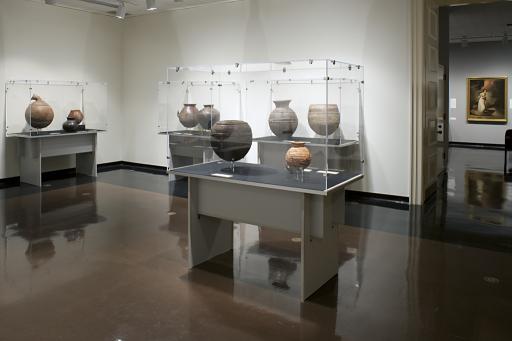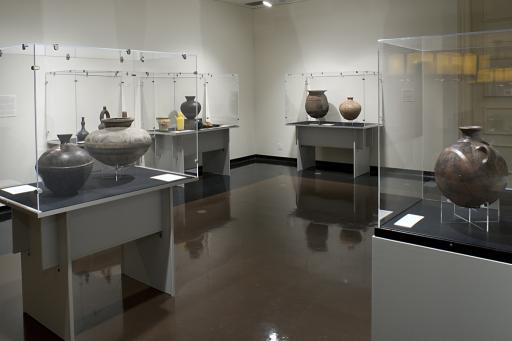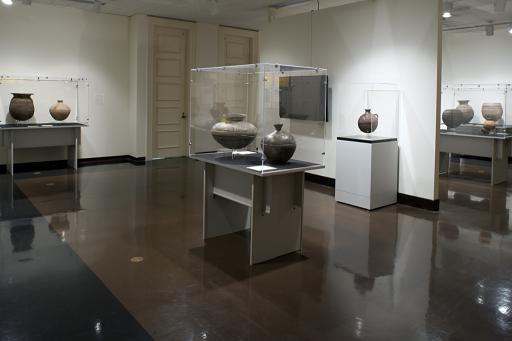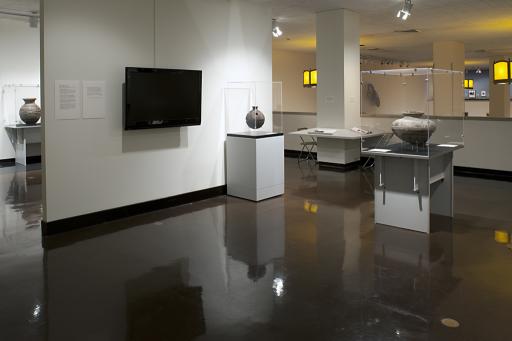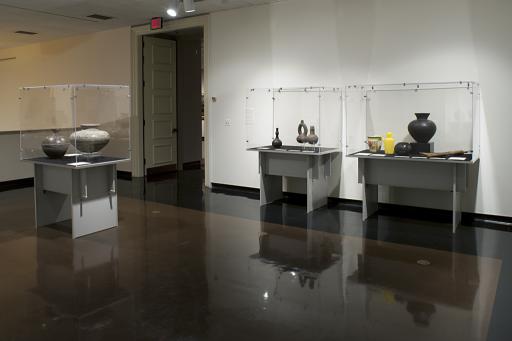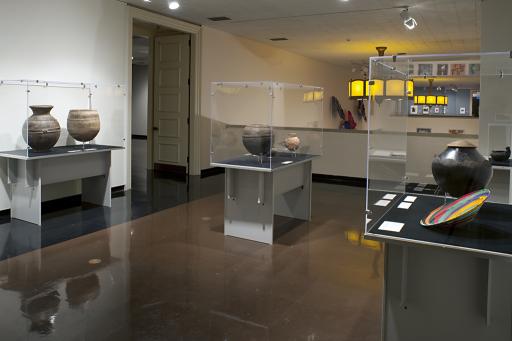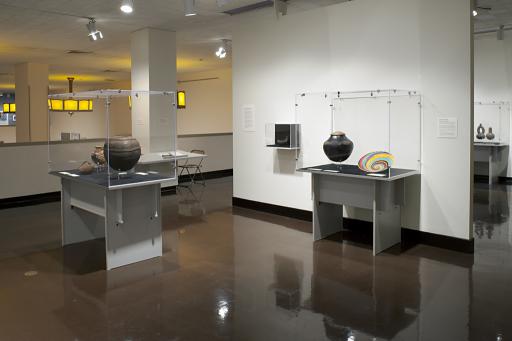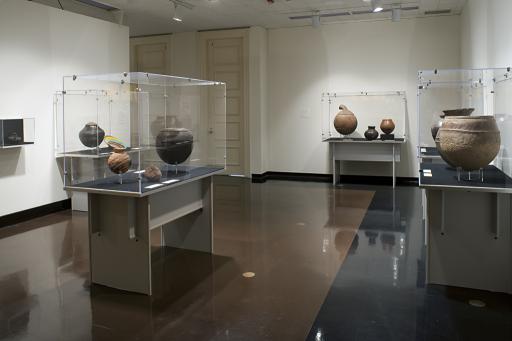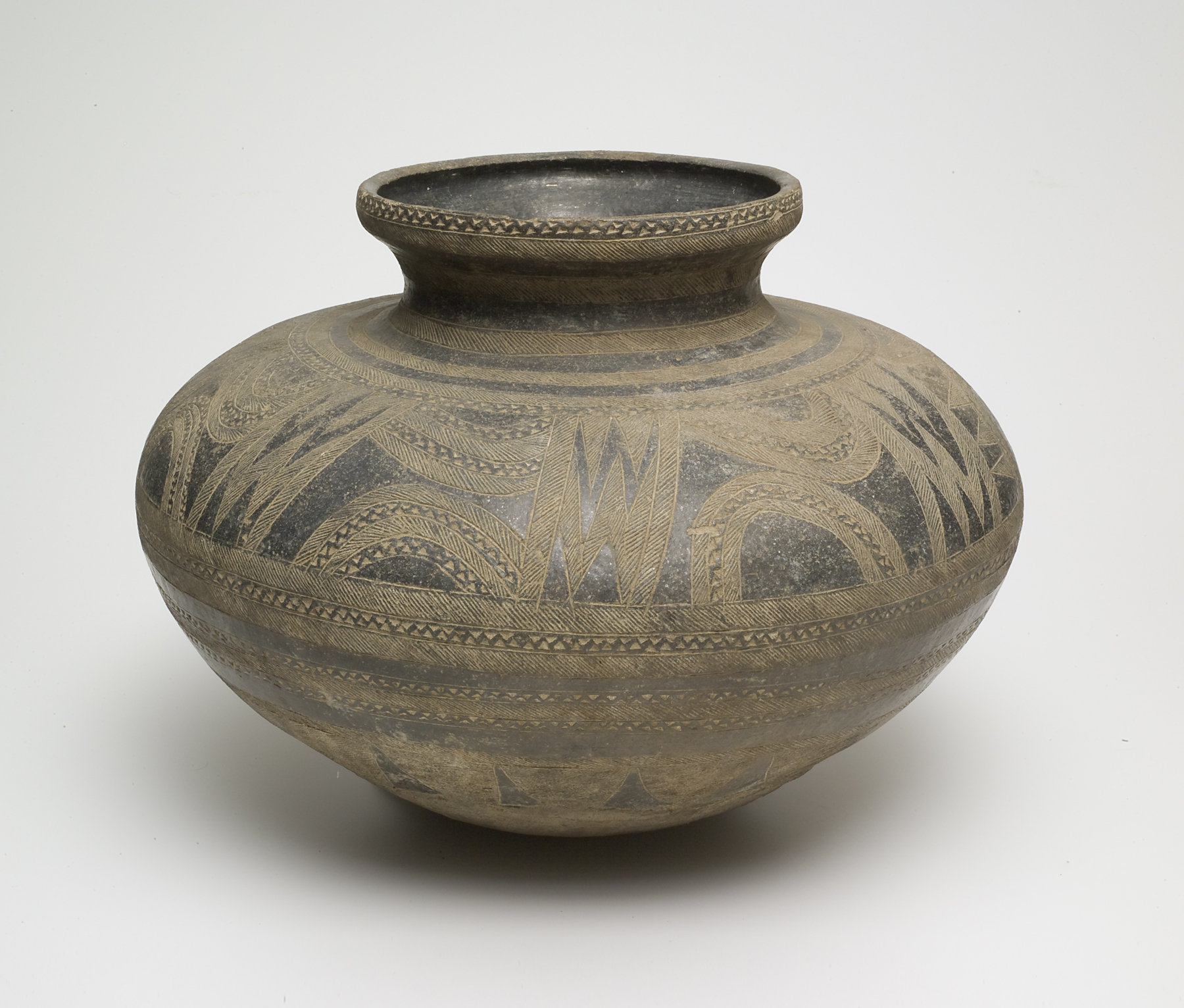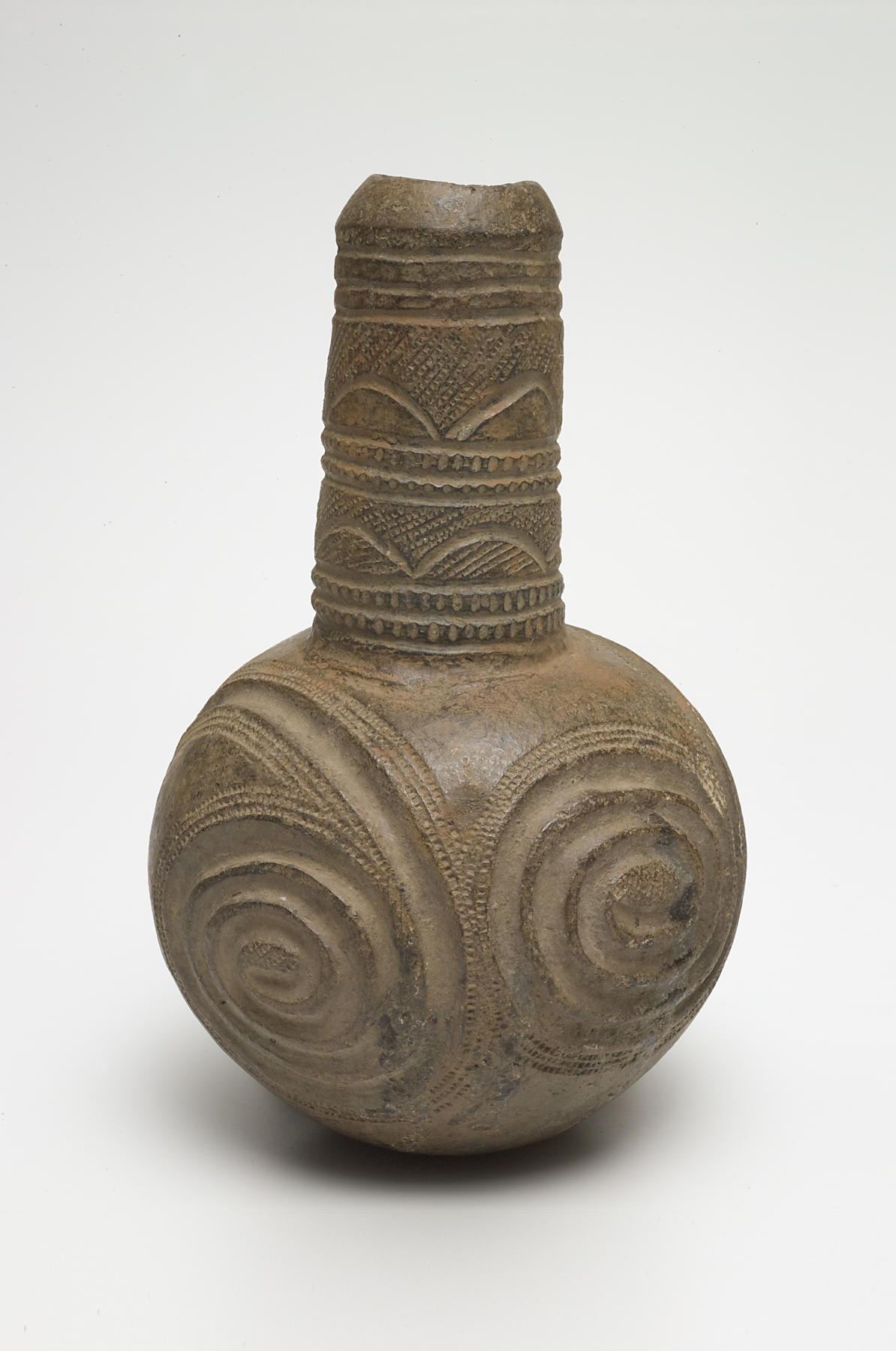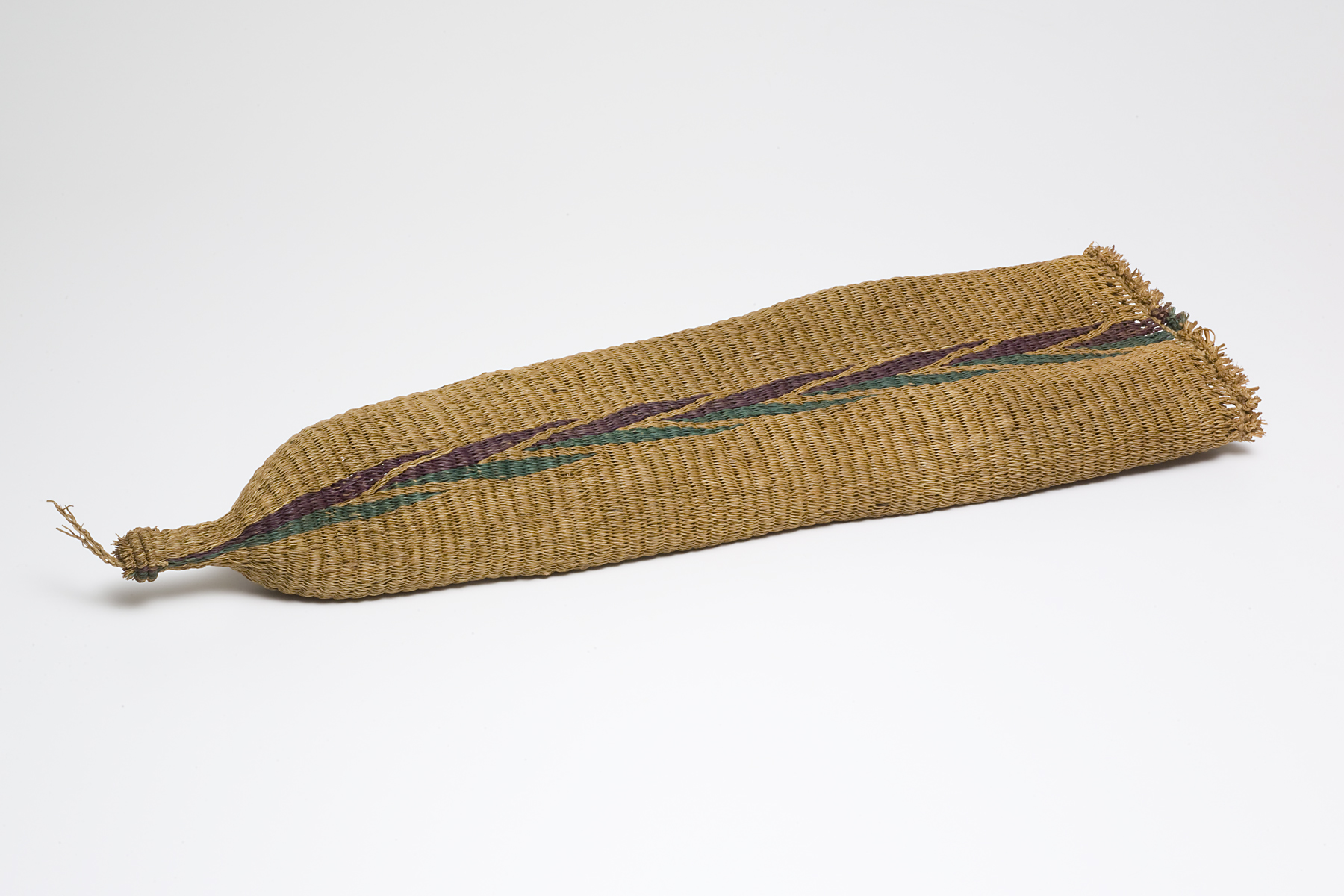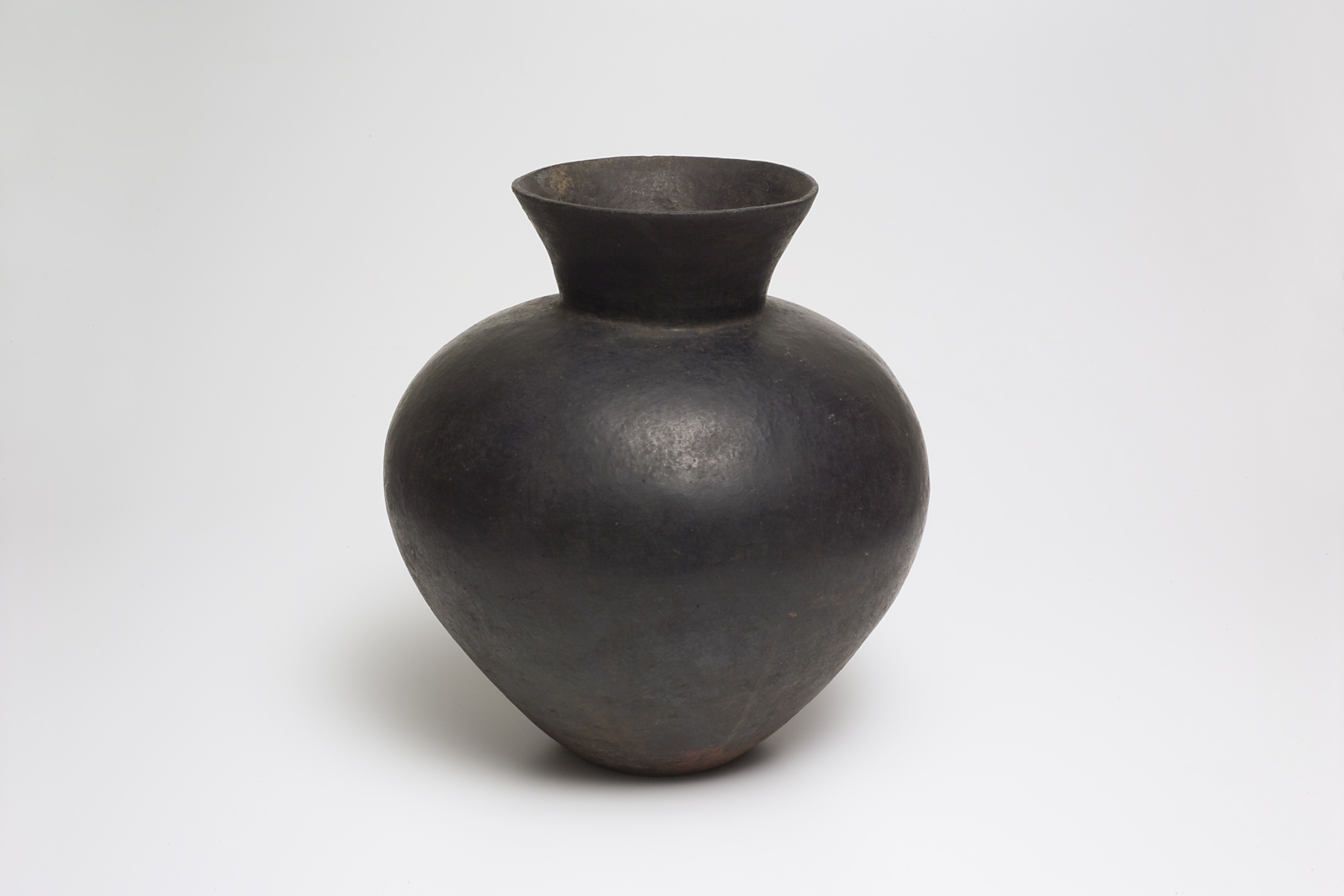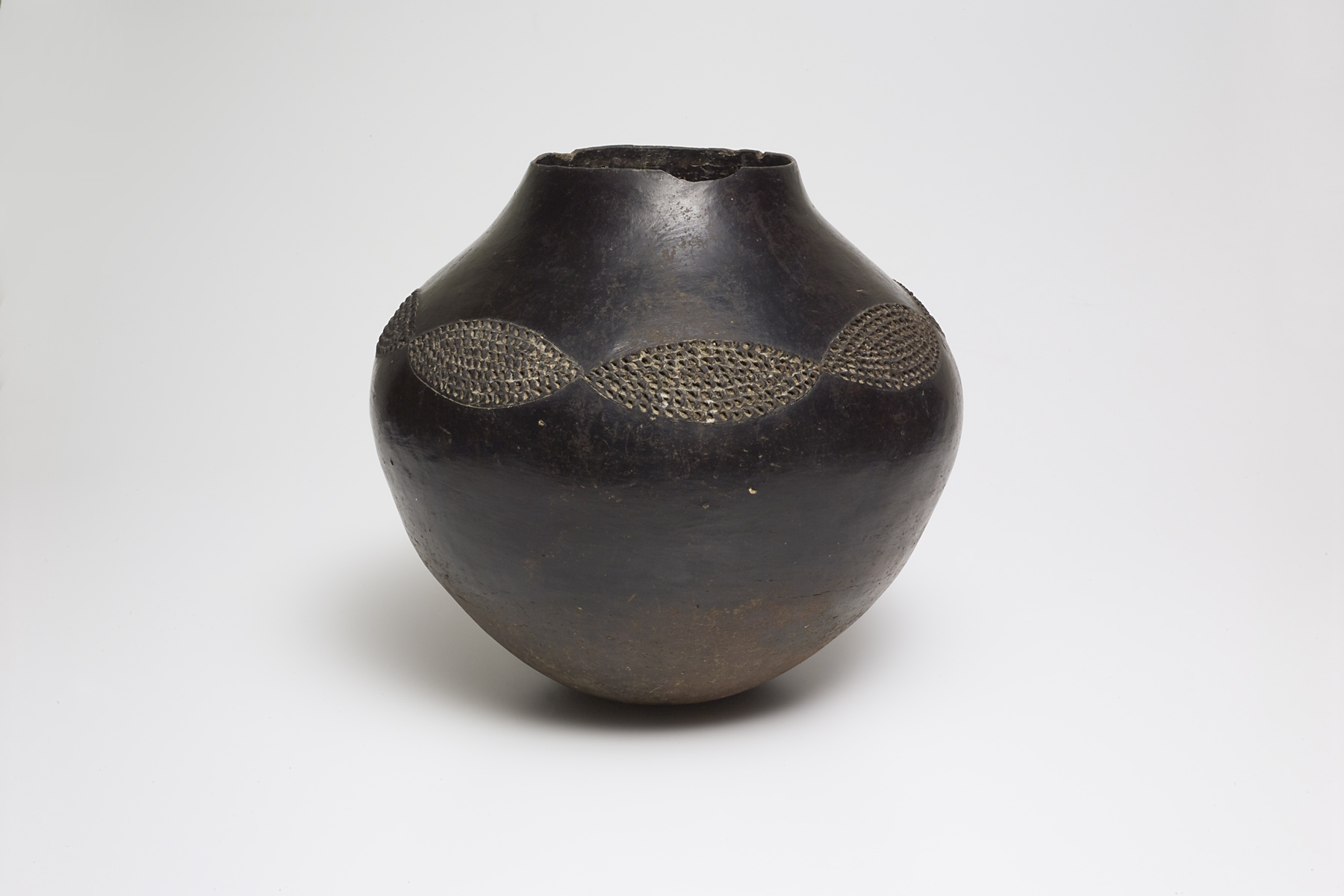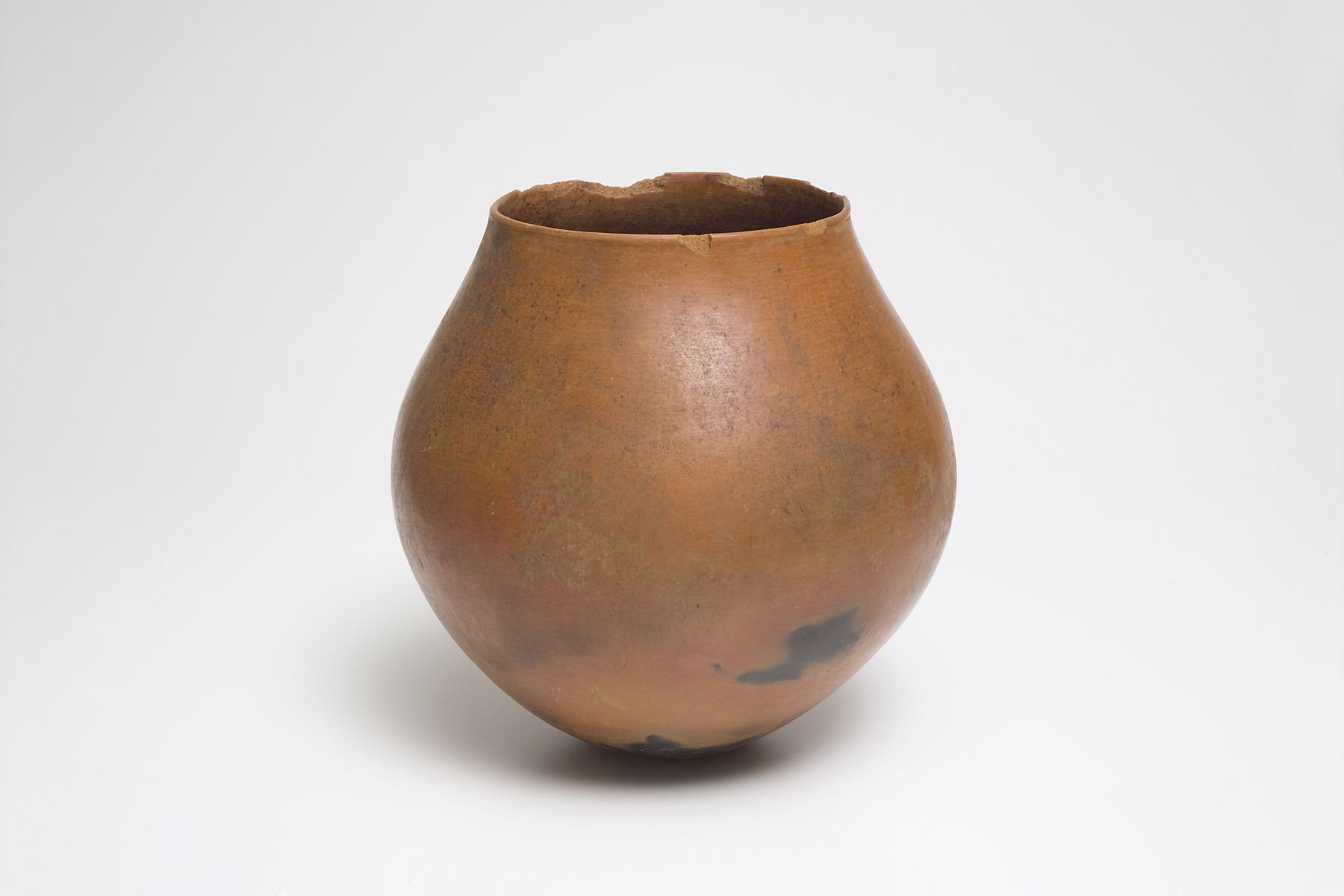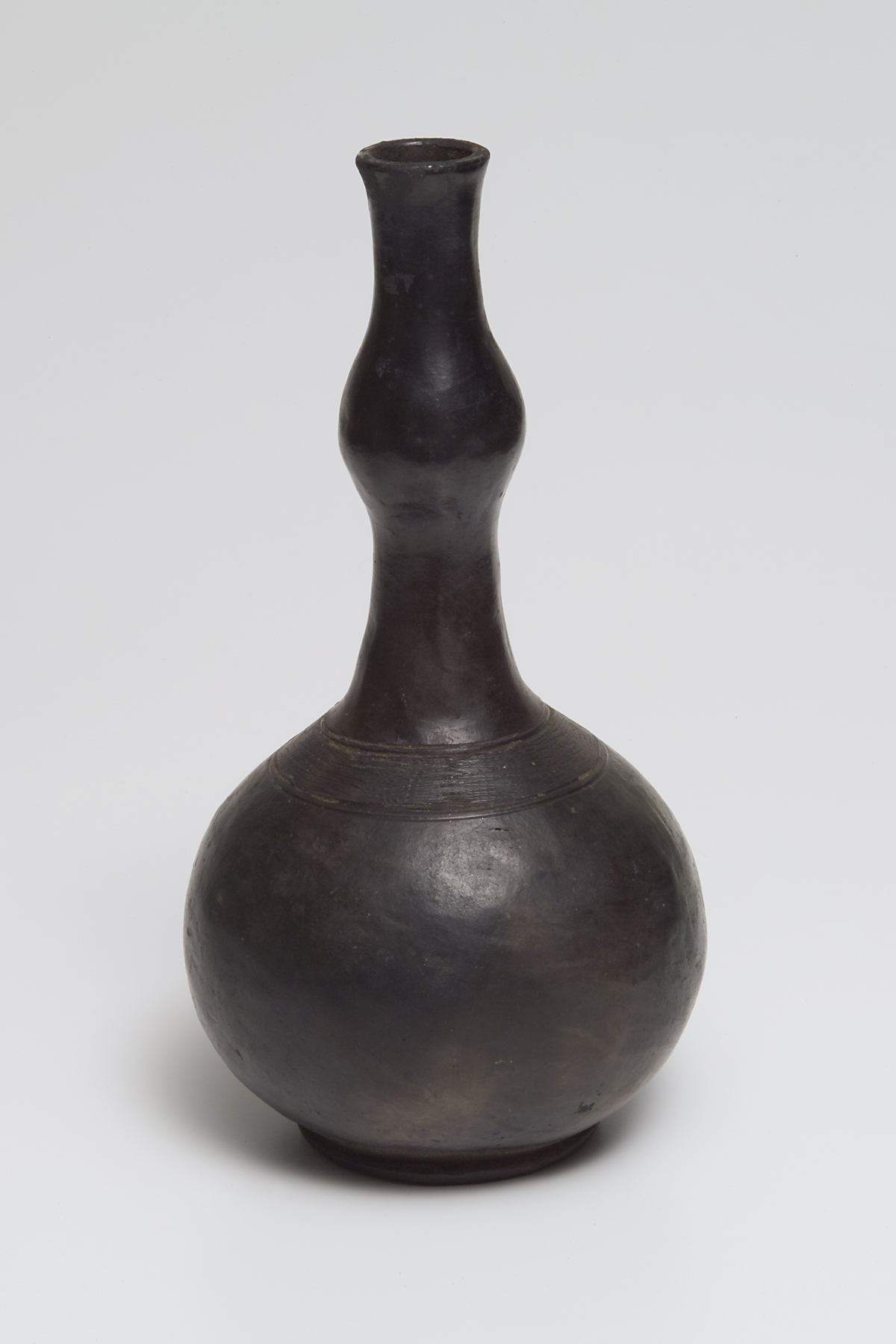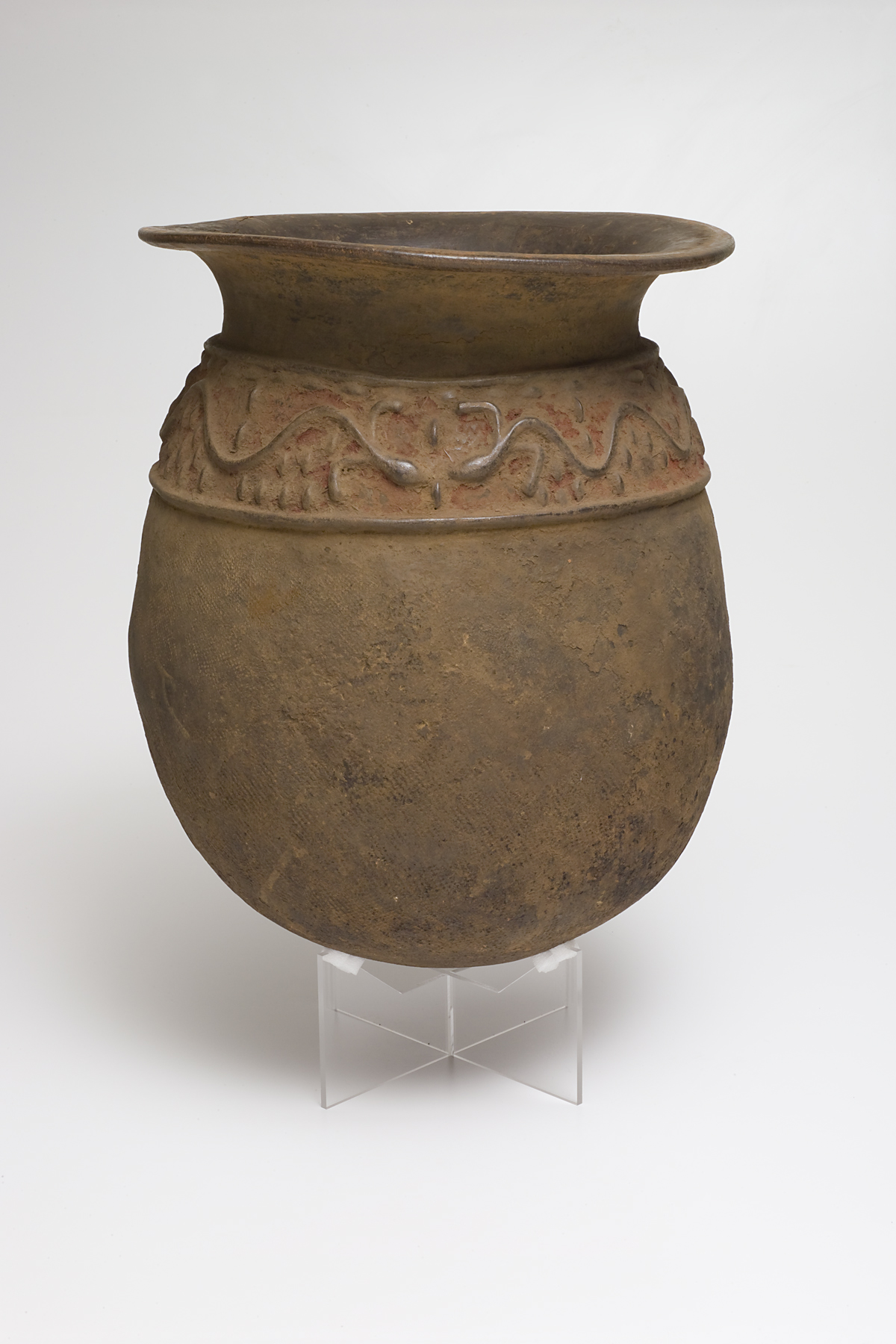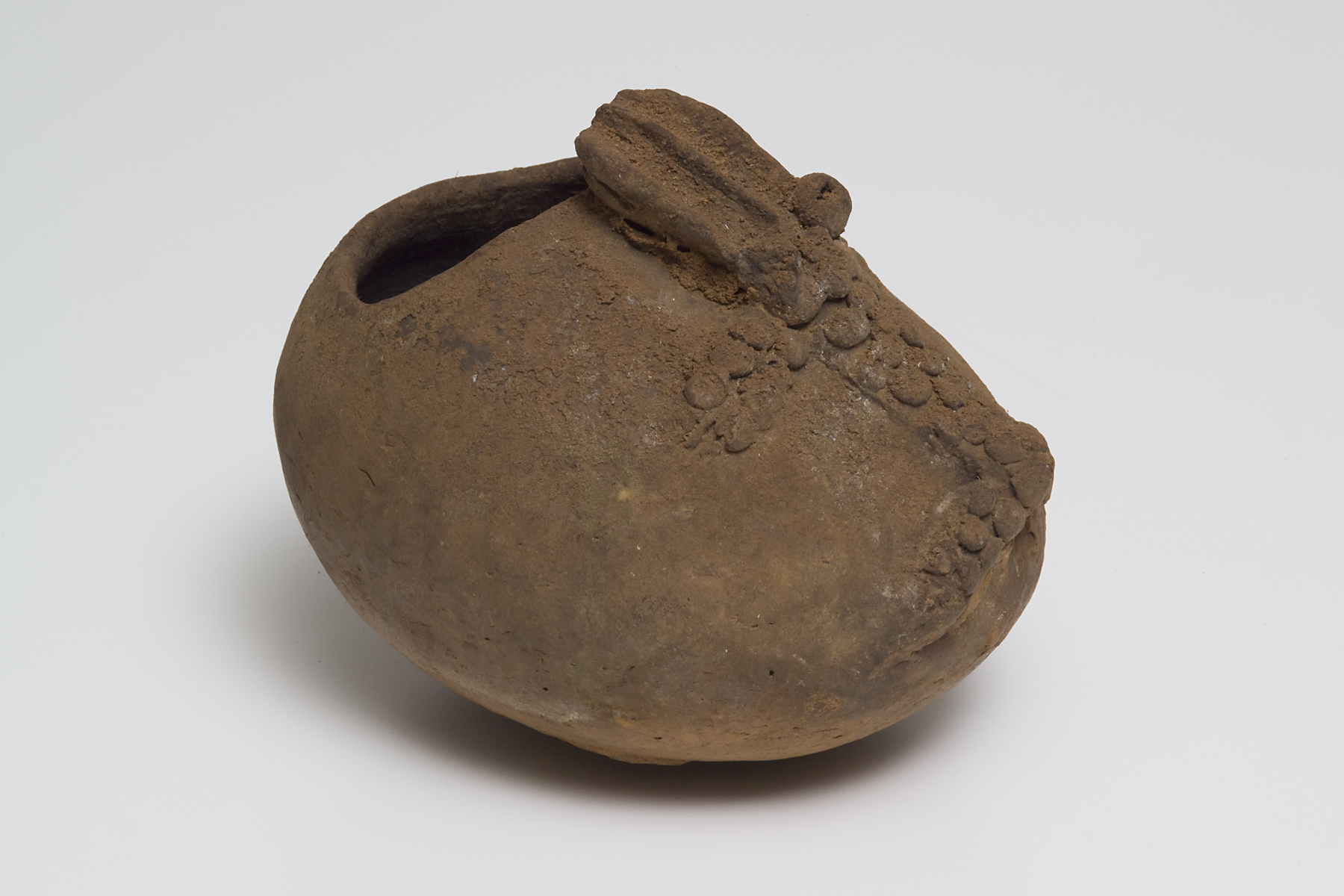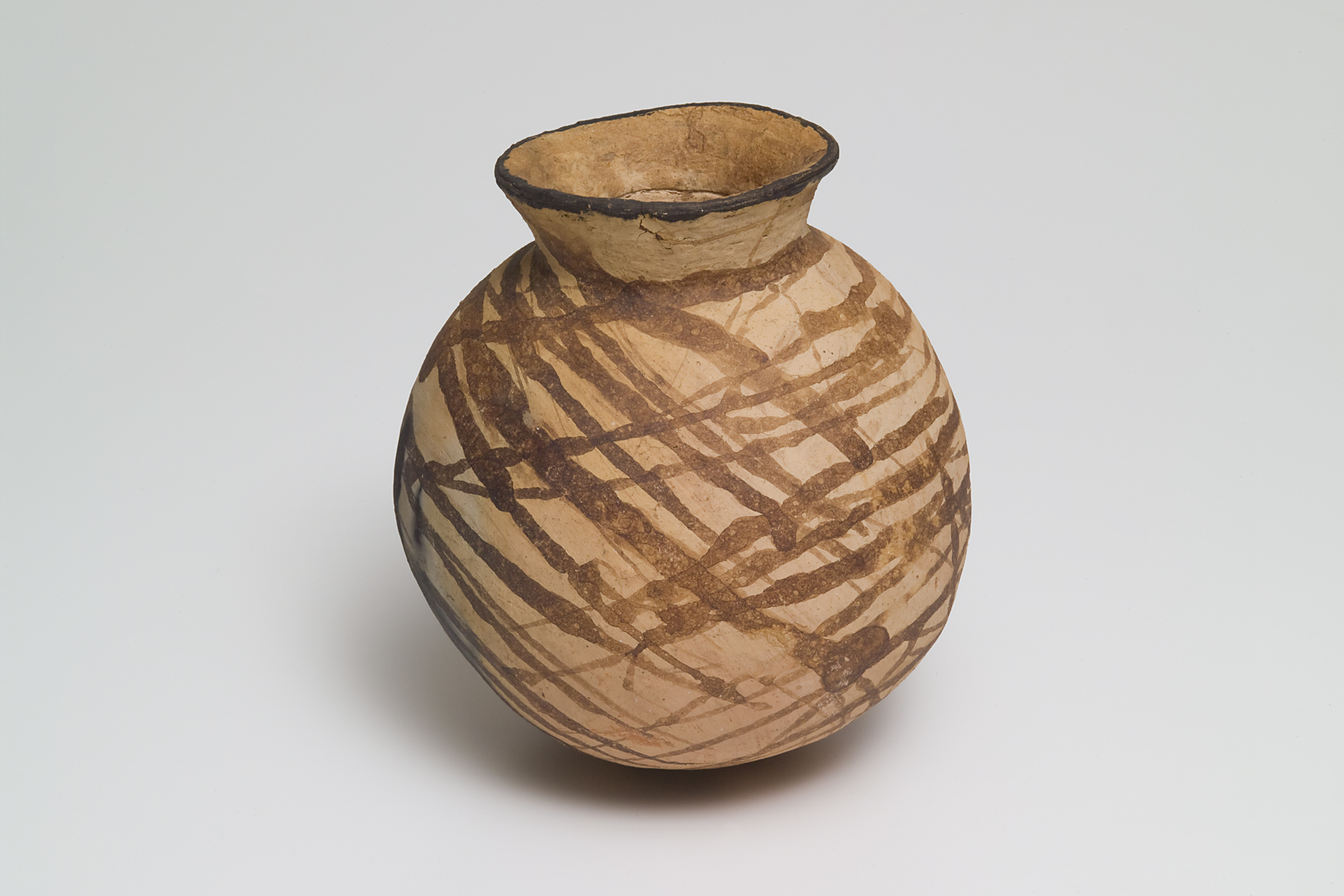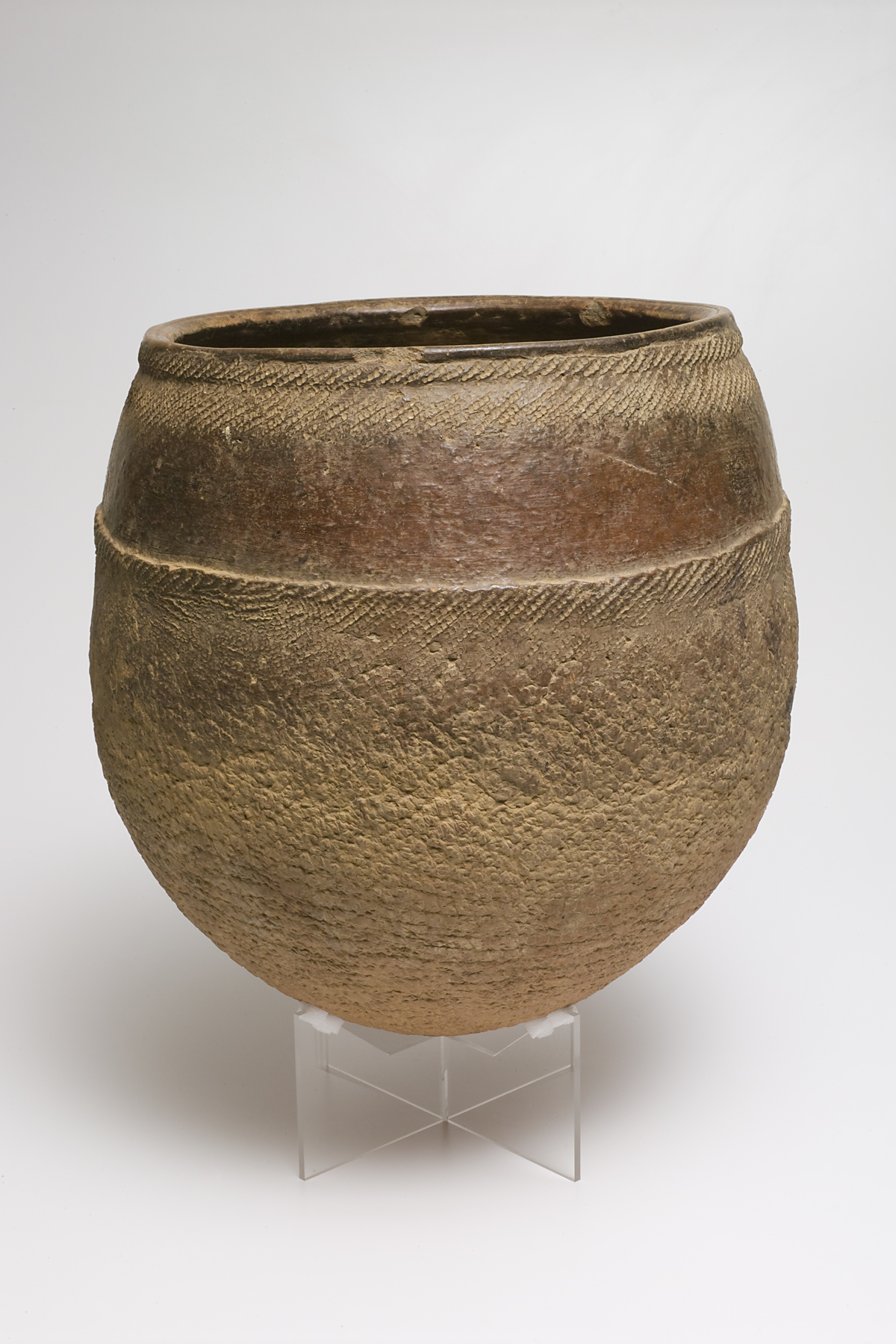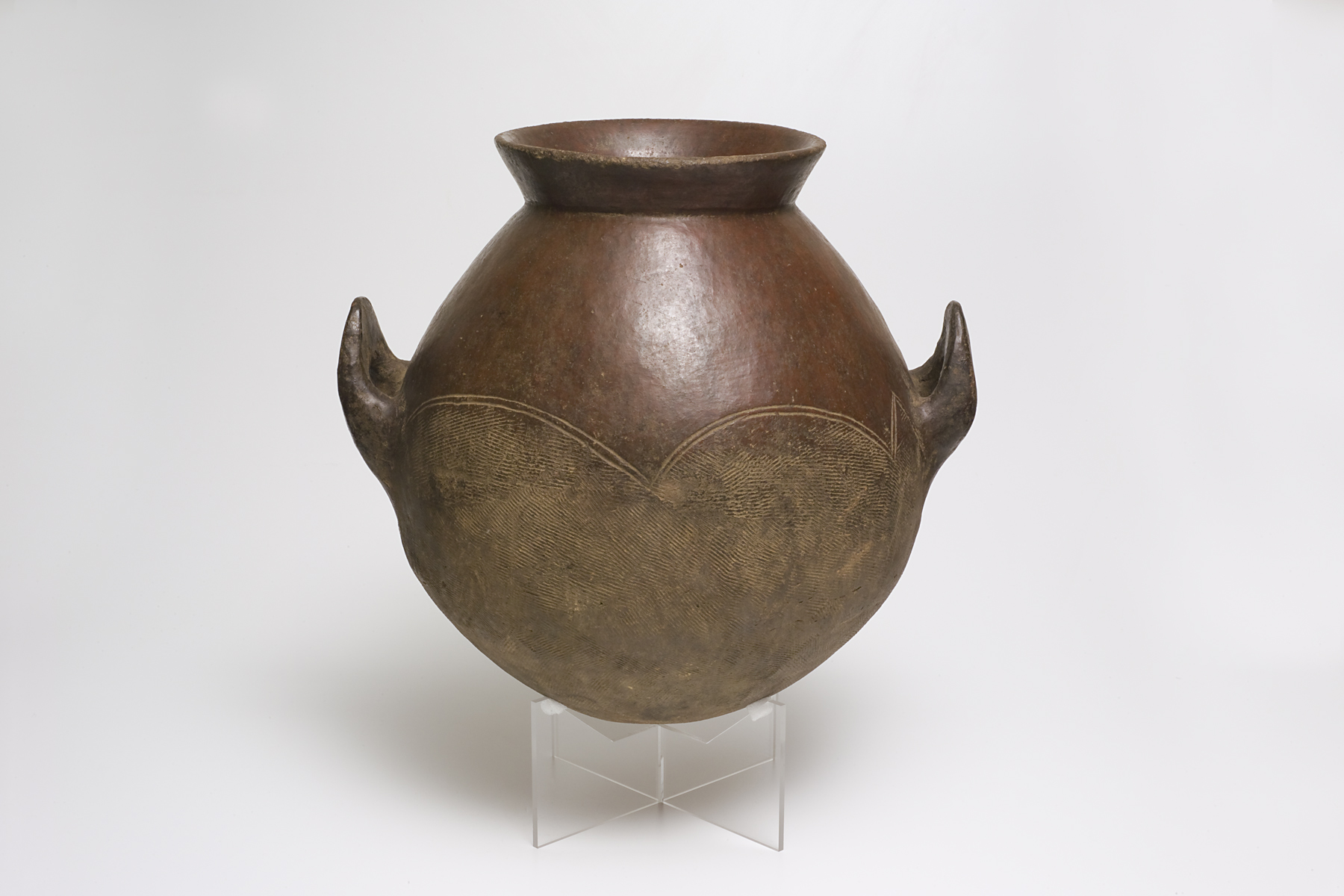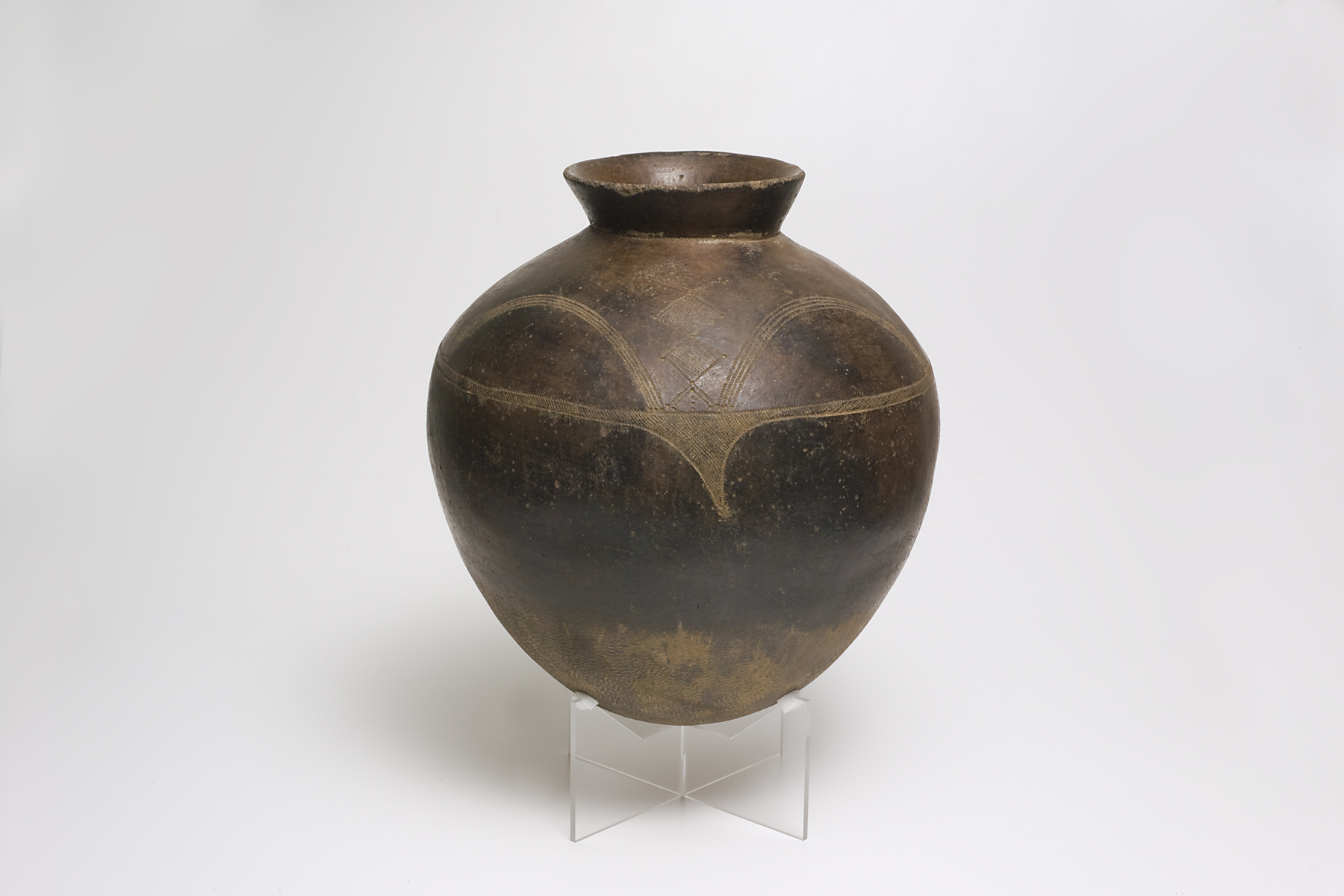Didactic – Art Minute
Episode 202
Nov-2009
I’m David Cateforis with another Art Minute from the Spencer Museum of Art. African ceramic traditions have yielded a wide range of vessels with unique forms, functions, and symbolic meanings. A current Spencer exhibition, Earthly Vessels: African Ceramics, shows how they are not just containers for food, water and other vital necessities, but also symbolize life itself from creation to culmination. Selected from a promised anonymous gift to the museum and organized by Spencer curator Nancy Mahaney, this exhibition investigates the form, function, and meanings of ceramic vessels from across the African continent. The section Clay, Vessel, Shard presents the life cycle of the vessel from the physical molding of the clay into a durable container, to its transformation into a cultural symbol through ritual use, to its ritual destruction, which completes the cycle as the vessel is returned to the earth or recycled to create a new one. The section From Market to Museum presents the transformation of cultural objects into museum artifacts. And a segment of the exhibition inviting dialogue asks visitors to consider and comment on the museum’s transformative role. From the Spencer Museum of Art, I’m David Cateforis.
Episode 205
Nov-2009, Robin L. Bang
I’m David Cateforis with another art minute from the Spencer Museum of Art. Melody and rhythm are integral aspects of Igbo life in Nigeria. Ceramic pot drums or udu drums, like the one you’re hearing, play an important role in Igbo music ? much as string instruments do in Western classical music. A current Spencer exhibition, Earthly Vessels: African Ceramics, examines the cultural significance and symbolic meanings associated with the pottery of Africa. Udu drums are made from clay dug by Igbo women from secret locations strictly off-limits to men. Before the clay is fired, artistic elements are added through such techniques as freehand incising, burnishing, or combing. The completed drum resembles a water jug or pot. The exhibition includes a short film by Eugene Skeef that illustrates the steps involved in making the drum, such as the coiling of the clay and the decoration of the surface, and the use of drums in song. With thanks to Robin L. Bang for her text and Dylan Bassett for his music, from the Spencer Museum of Art, I’m David Cateforis.

